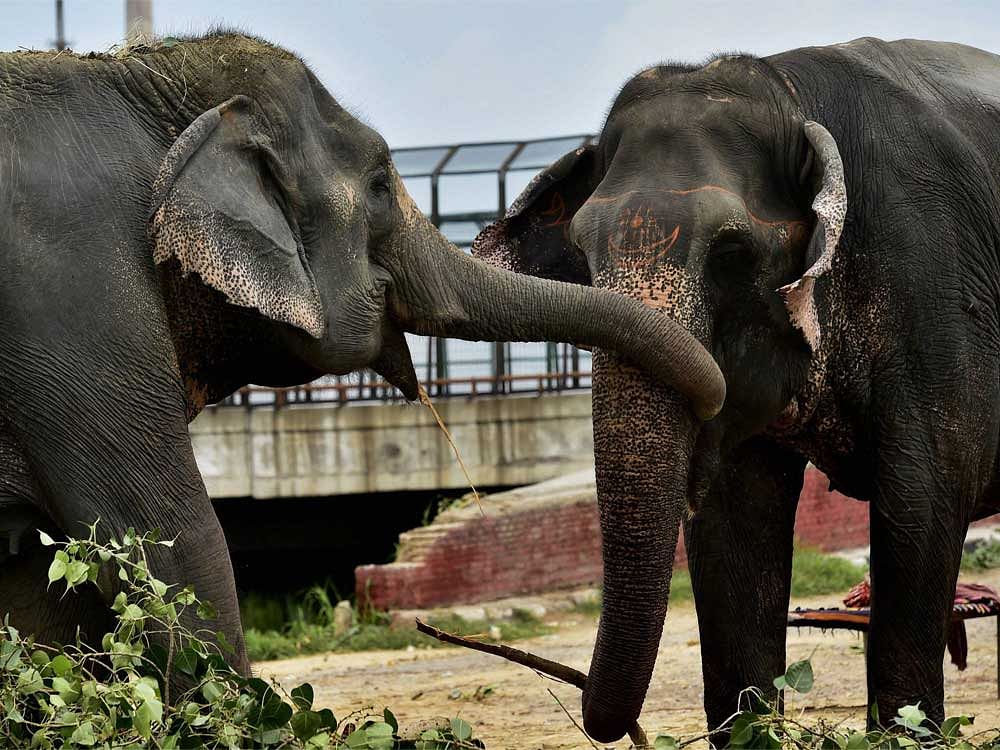
Karnataka houses the maximum number of wild elephants in India, says the latest elephant census report of the union environment ministry.
With 6,049 jumbos in the wild, the state tops India's elephant list followed by Assam (5,719) and Kerala (3,054). The protected forests of Nagarhole, Bhadra and Bandipur have the maximum elephant density.
The census report pegs the total number of elephants in India at 27,312. The highest density was seen in the southern zone (11960) followed by the north east (10,139). The numbers are far less in the north west and central India.
The report- released on Saturday – cautioned against trend analysis with 2012 figures as two different counting methods were used in the two census.
The 2012 census came up with an estimation of 29,391-30,711 jumbos, which the experts now felt was erroneous.
“If I do a comparison with 2012 figures, then we have a stable population,” said Raman Sukumar, a professor at the Indian Institute of Science, Bengaluru and the technical consultant behind the latest census report.
Other major elephants bearing states are Tamil Nadu (2,761), Odisha (1,976), Uttarakhand (1,839), Meghalaya (1,754), Arunachal Pradesh (1,614), West Bengal (682) and Jharkhand (679).
In Karnataka, as many as 654 blocks in 33 forest divisions were sampled for the census exercise that began last year.
The results show an overall density of 0.67 elephants per square km, which extrapolated to an area of 8976 sq km where these jumbos are distributed, led to an estimated count of 6,049 elephants – the highest in the country.
According to the International Union for the Conservation of Nature, Asian elephants are endangered and found a place in the IUCN's red list. African elephants, on the other hand, are listed as vulnerable.
As per the available population estimates, there are about 400,000 African elephants and 40,000 Asian elephants.
“An attempt must be made to bring to an end the chapter of man-animal conflict. A war must be waged against poachers and hunters who harm elephants and other wildlife,” union environment minister Harsh Vardhan stated.
India has 101 documented elephant corridors, the number of which went up in the last seven years since the 2010 Elephant Task Force report came out. The 2010 report identified 88 corridors (27 priority-1 and 61 priority-2), out of which seven corridors became dysfunctional and 18-20 new corridors being used by the animals.
